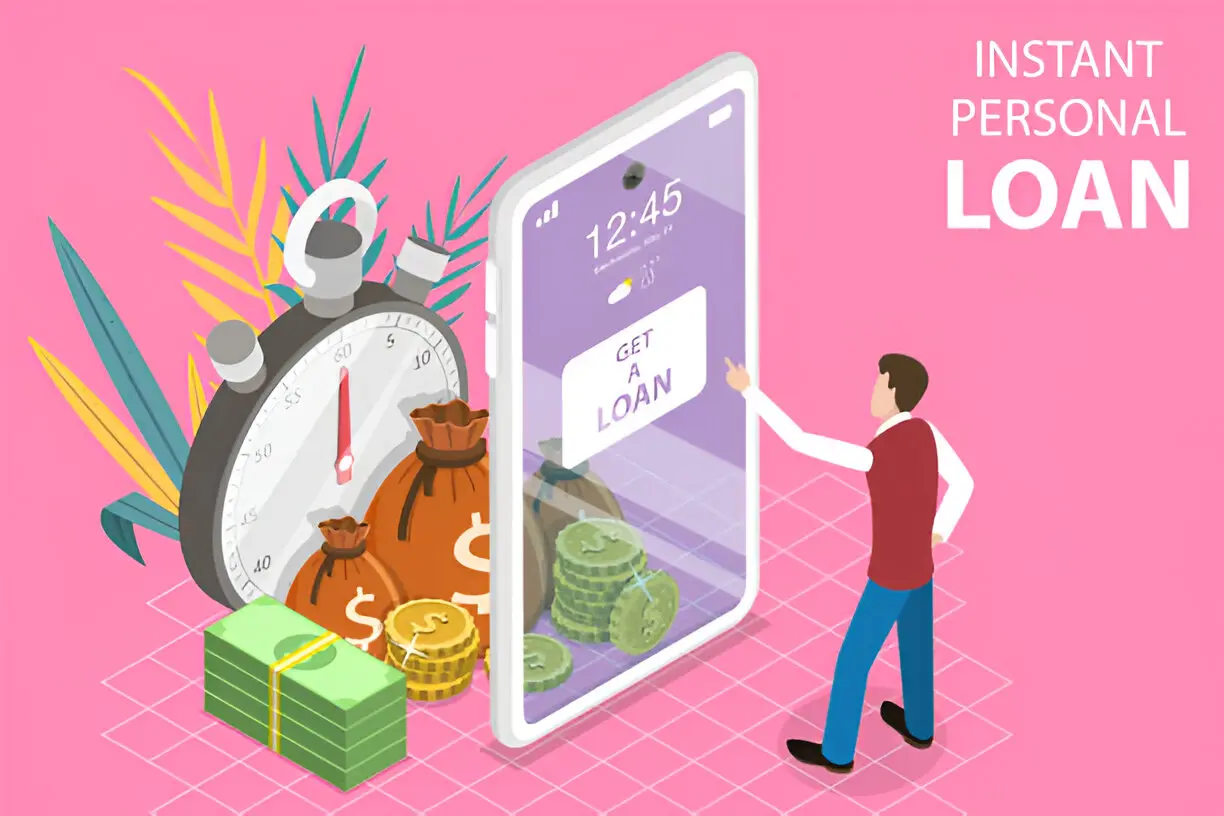5 Smart Strategies to Pay Off Your Loan Faster
High-interest loans can feel overwhelming, but you have more control than you think. By making extra payments, you can reduce the total interest paid and save money over time. With a few small adjustments, you can speed up your debt repayment without major lifestyle changes. Discover five simple strategies to become debt-free faster.
Strategy 1: Make Bi-Weekly Payments
Switching from monthly to bi-weekly payments is one of the most effective ways to accelerate loan payoff without feeling the pinch. Instead of making 12 payments per year, you’ll make 26 bi-weekly payments, which equals 13 monthly payments annually.
Here’s how it works: divide your monthly payment in half and pay that amount every two weeks. For example, if your monthly mortgage payment is $2,000, you’d pay $1,000 every two weeks. That extra payment each year goes directly toward your principal balance.
The results can be impressive. On a 30-year mortgage, bi-weekly payments could reduce your loan term by four to six years while saving tens of thousands in interest. The same principle applies to auto loans, student loans, and other installment debts.
Before switching to bi-weekly payments, confirm with your lender that they’ll apply the payments correctly. Some lenders may hold the first payment until they receive the second, which defeats the purpose. You want each payment processed immediately to maximize the benefit.
Strategy 2: Round Up Your Payments
Rounding up your payments might seem insignificant, but small amounts compound over time. If your car payment is $347, round it up to $400. That extra $53 each month goes directly to the principal, reducing both the loan term and total interest paid.
This strategy works particularly well because the rounded amount feels manageable. You’re unlikely to miss an extra $20, $50, or even $100 per month, especially when you see the loan balance dropping faster than expected.
Consider automating rounded payments through your bank’s online bill pay system. Many people find it easier to set up automatic transfers rather than manually calculating the extra amount each month. Some financial institutions even offer programs that automatically round up purchases and apply the spare change to debt payments.
For business owners managing multiple expenses, combining rounded loan payments with tools like free business checking, like those in Utah, can help streamline financial management while maintaining the discipline needed for accelerated payoff.
Strategy 3: Make Extra Principal Payments
Any windfall money—tax refunds, work bonuses, gift money, or side hustle income—presents an opportunity to make substantial progress on your loans. Applying these lump sums directly to the principal balance can dramatically reduce your payoff timeline.
When making extra principal payments, timing matters. Earlier payments have more impact because they reduce the balance on which future interest is calculated. A $1,000 extra payment in year two of a 30-year mortgage saves significantly more in total interest than the same payment made in year 20.
Don’t overlook smaller opportunities for extra payments. Selling unused items, picking up freelance work, or redirecting money from reduced expenses can all contribute to faster loan payoff. Even an extra $25 per month adds up over time.
Always specify that extra payments should go toward the principal, not future payments. Some lenders will advance your due date rather than reducing the principal balance unless you provide clear instructions.
Strategy 4: Refinance Your Loan
Refinancing can reduce your interest rate, lower your monthly payment, or both. Even a small reduction in interest rate can lead to substantial savings over the life of the loan. The money you save on interest or monthly payments can then be redirected toward additional principal payments.
Consider refinancing when interest rates drop, your credit score improves, or your financial situation strengthens. A credit score increase of 50-100 points could qualify you for significantly better rates than when you originally borrowed.
Shop around with multiple lenders to compare rates and terms. Online lenders, credit unions, and traditional banks all offer competitive rates, but the best deal varies depending on your specific situation and loan type.
Calculate the break-even point before refinancing. Factor in closing costs, fees, and the time you plan to keep the loan. If you’ll recover the refinancing costs within two to three years through lower payments, refinancing typically makes financial sense.
Strategy 5: Debt Snowball or Avalanche Methods
If you’re juggling multiple loans, strategic payment prioritization can accelerate your overall debt freedom. Two popular methods—the debt snowball and debt avalanche—offer different approaches to tackling multiple debts.
The debt snowball method focuses on paying off the smallest balance first while making minimum payments on other debts. Once the smallest debt is eliminated, you roll that payment into the next smallest balance. This approach provides psychological wins that can maintain motivation throughout the process.
The debt avalanche method targets the highest interest rate debt first. Mathematically, this saves more money in total interest paid, but it may take longer to see the first debt eliminated. Choose the method that aligns with your personality and motivation style.
Both methods require discipline and consistency. List all your debts with balances, minimum payments, and interest rates. Then apply your chosen method systematically, avoiding the temptation to switch strategies mid-process.
Consider combining these methods with the other strategies mentioned. For example, you might make bi-weekly payments on your target debt while maintaining minimum monthly payments on others.
Conclusion
Paying off loans faster doesn’t require drastic changes—just smart, consistent strategies. Start small with manageable steps like rounded payments or bi-weekly schedules, then build on them as you progress. Every extra dollar toward the principal saves on interest, helping you achieve financial freedom faster.

